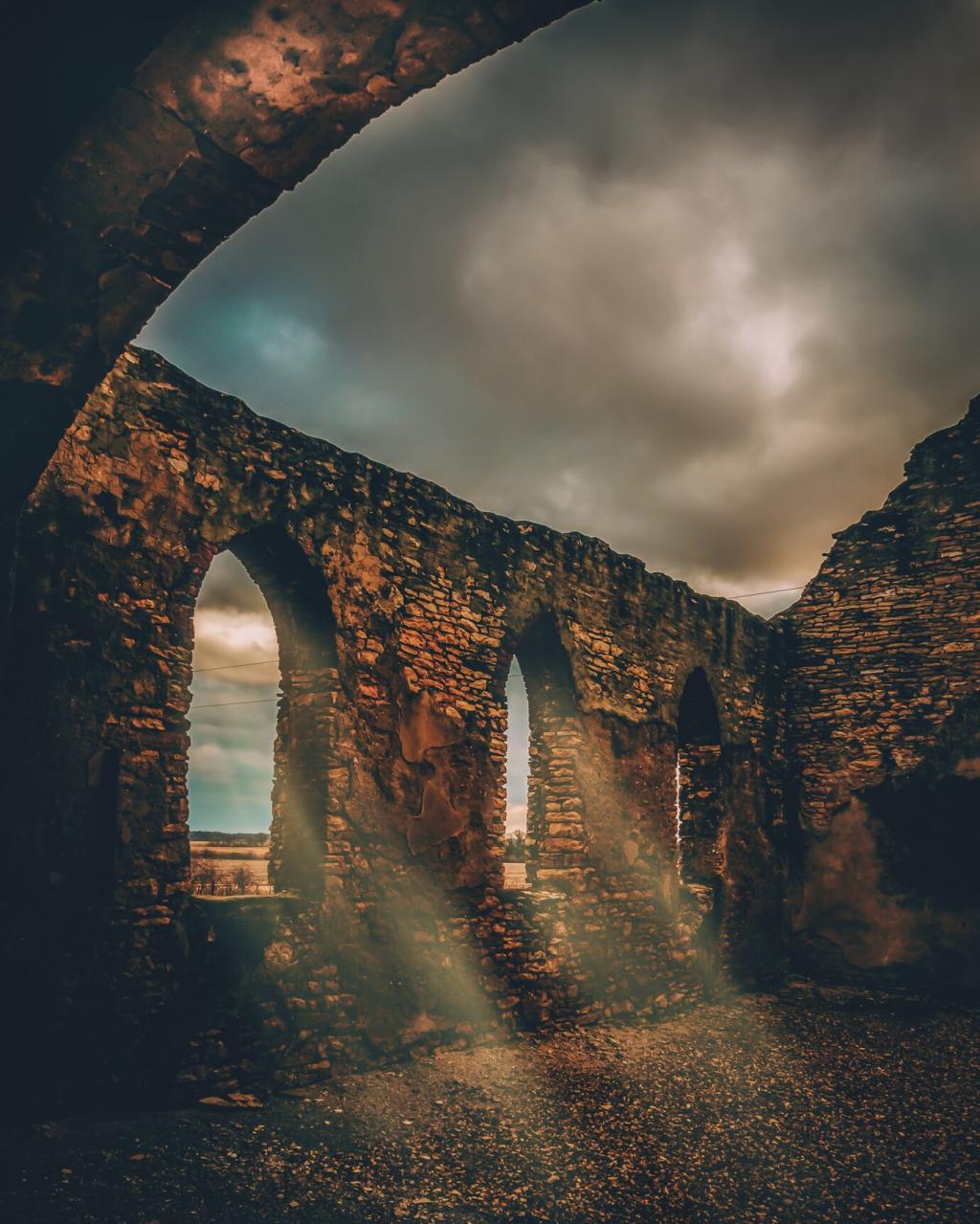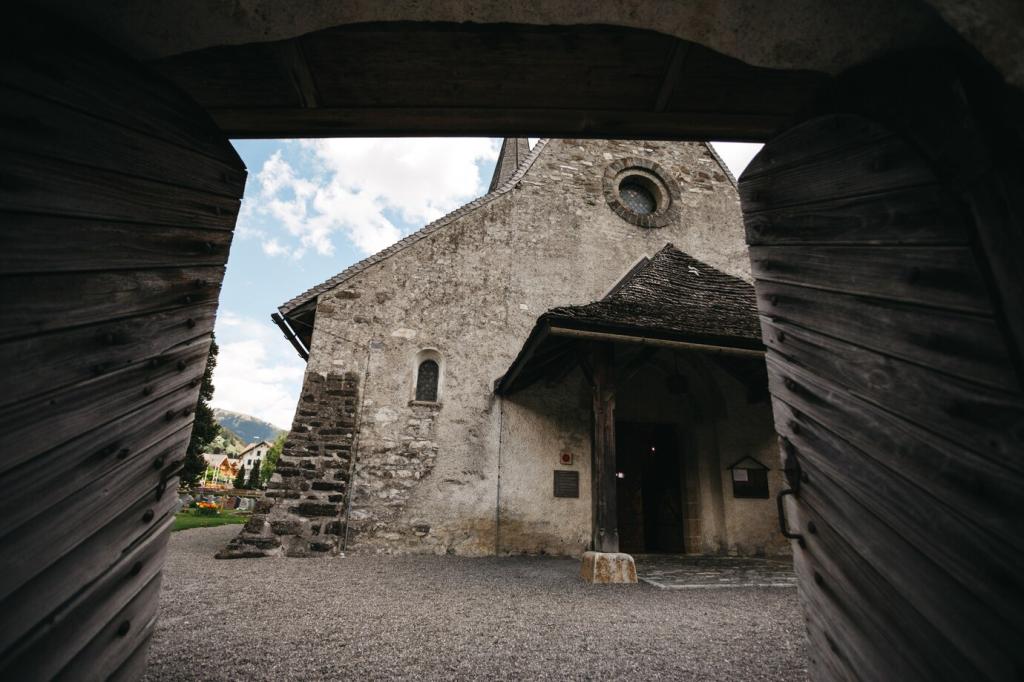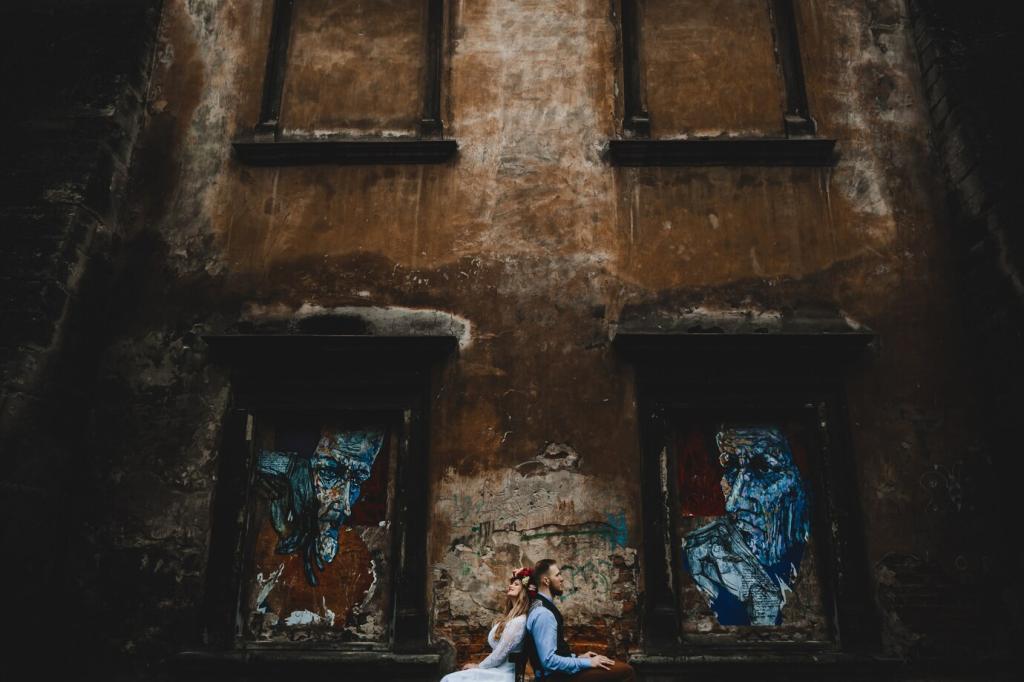Your Role in Preserving Heritage
Simple steps matter: clean, dry storage; acid‑free sleeves; gentle handling; recorded stories. Start this weekend by labeling a photograph with names and places. Share your before‑and‑after efforts to inspire others to safeguard their histories.
Your Role in Preserving Heritage
Museums rely on skilled volunteers to transcribe diaries, map local cemeteries, and translate letters. Your language skills or steady patience can unlock new research paths. Comment if you want a starter list of community projects near you.







